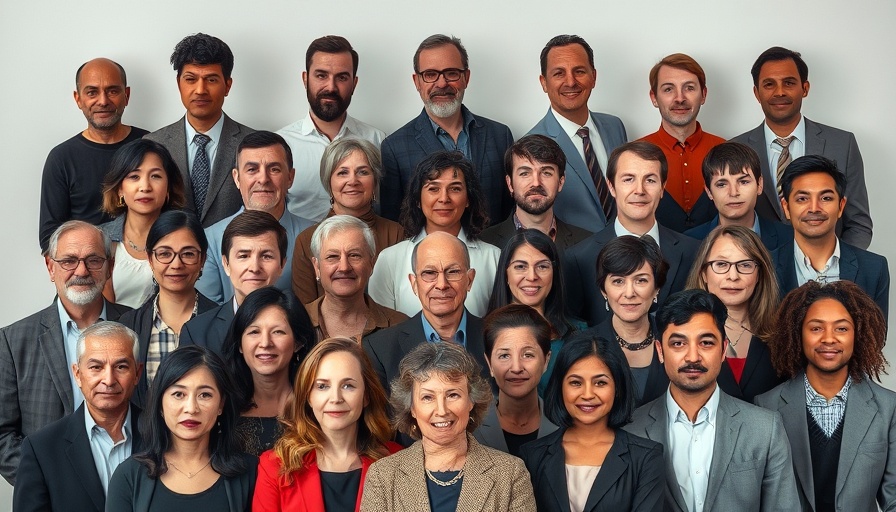
Trump's AI Portrait: Blurring the Lines of Respect and Humor
In a move that many are calling both humorous and disrespectful, former President Donald Trump posted an AI-generated image of himself dressed as the Pope on social media, igniting a firestorm of debate online. The image, shared on Truth Social before appearing on official White House accounts, showcases Trump in traditional papal attire, complete with an ornate mitre and cassock. This controversial post emerged just days after Trump faced backlash for his behavior at Pope Francis’ funeral, where he was criticized for his antics.
The Mixed Reception to the Papal Portrait
The reaction to Trump’s AI-generated portrait has been a mix of amusement and genuine offense, especially among some members of the Catholic community. One commenter encapsulated the sentiment with, “Many Catholics, myself included, find this a great disrespect to the past and future leader of our church.” Such mixed responses underscore the polarized reception of Trump's actions, a hallmark of his public persona.
AI's Growing Influence in Religion and Society
This incident isn't an isolated one; it reflects a growing trend of AI's involvement in religious settings. Last year, an AI avatar delivered a sermon to a packed church in Germany, marking a significant moment in how technology interacts with faith. Even Pope Francis has been a subject of AI manipulation, as previously seen in an image of him in high-fashion garb that circulated widely on social media. These incidents raise profound questions about the future intersection of technology and spirituality.
Looking Ahead: The Future of AI in Faith
As the Catholic Church approaches a pivotal conclave to elect a new pope, Trump’s digital display seems unlikely to enhance his standing with the Catholic demographic. The unraveling dynamics of AI-generated content not only challenge our perceptions of reality but also compel a reevaluation of respect within religious communities. Can technology ever replace the authentic experience of worship? As society wrestles with these questions, one thing remains clear: AI continues to test the boundaries of our values and beliefs.
 Add Row
Add Row  Add Element
Add Element 



Write A Comment